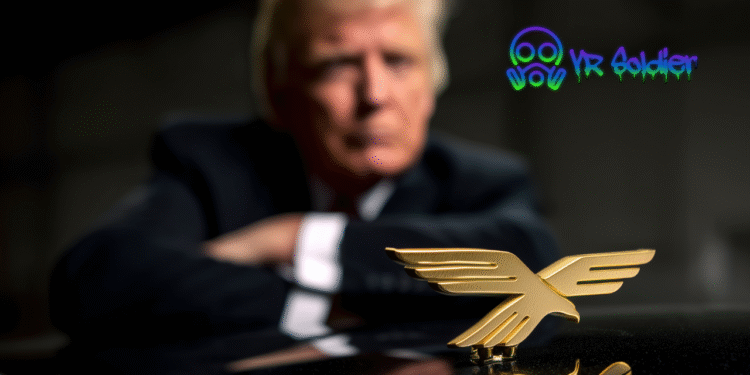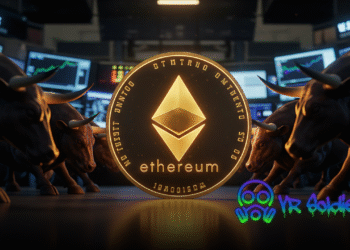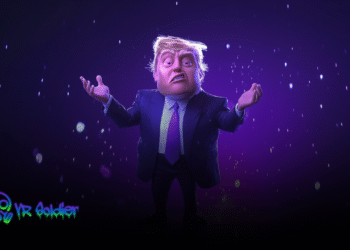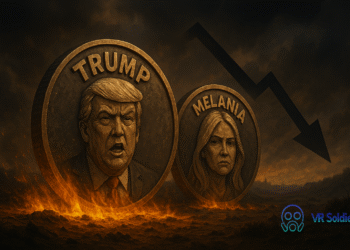The Trump-linked World Liberty Financial (WLFI) project is currently undergoing a significant test. The project is working through a governance vote that could allow WLFI tokens to be traded publicly for the first time. This is a crucial step for the project, as it will show whether it is truly driven by the community, as claimed, or if early backers are ready to cash out.
On July 4, the team behind WLFI launched an important vote. The vote proposes unlocking the tradability of WLFI tokens, allowing early supporters who bought the tokens during the project’s closed-door funding rounds to sell or trade them. This would be a major change for the project, as it has only been available to a select group of people until now. However, the project’s team, founders, and advisors are still bound by longer lockup periods, which means they cannot trade their tokens yet.
This vote is more than just a typical governance decision for a decentralized finance (DeFi) project. It is a test of WLFI’s commitment to decentralization. If the vote passes, it could mark the beginning of the project opening up to a larger, more decentralized market. A second vote will later decide when the rest of the early supporters’ tokens will be released.
Why This Vote Matters Now
For many, this vote is an important moment for WLFI. The project has been working on product development and branding for over a year. Now, the team believes the project is stable enough to allow tokens to be freely traded on the open market. WLFI describes this as a “defining moment.” The vote could shift the project from a model where tokens are non-transferable to one where they can be freely traded through peer-to-peer exchanges or other secondary markets.
However, the timing of this vote raises some concerns. Just a week before the vote, Aqua 1, a UAE-based fund, purchased $100 million worth of WLFI tokens. This purchase gave Aqua 1 significant governance power within the project. While the team has not disclosed how much control Aqua 1 holds, this is a notable development. An institutional player with a large stake in the project could influence how governance decisions are made, especially when the project is being portrayed as a grassroots-driven initiative.
What’s at Stake for WLFI Future
The vote could have a lasting impact on WLFI’s future. If the proposal passes, it will allow for greater liquidity and encourage more people to participate in WLFI’s governance. Supporters believe that this will lead to broader adoption of the project. They argue that unlocking tradability will increase user engagement and create more opportunities for people to get involved in decision-making.
However, not everyone is convinced that this is the right move. Some skeptics worry that early backers, who bought tokens at much lower prices, may sell off their holdings once they are allowed to trade. This could drive the token’s price down and test its stability. If this happens, it could affect the project’s long-term growth. The real question is whether WLFI can balance open participation with sustainable growth in a way that doesn’t jeopardize its future.
Decentralization: A Bigger Test for WLFI
The vote also tests WLFI’s ability to maintain its commitment to decentralization. Projects with political ties, like WLFI, face challenges in maintaining this balance. The project’s governance structure and decision-making process must be able to withstand the pressures of decentralization. If it can prove that it can stay true to its decentralized ideals while growing, it could become a model for other crypto projects. But if the project becomes too reliant on big institutional players, it may struggle to maintain its community-driven image.
Looking Ahead
The outcome of this vote is crucial for WLFI’s future. It will show whether the project can transition to a truly decentralized model or if it will lean more towards centralized control. No matter what happens, the results will shape how the project moves forward and whether it can achieve long-term success in the crypto market.












